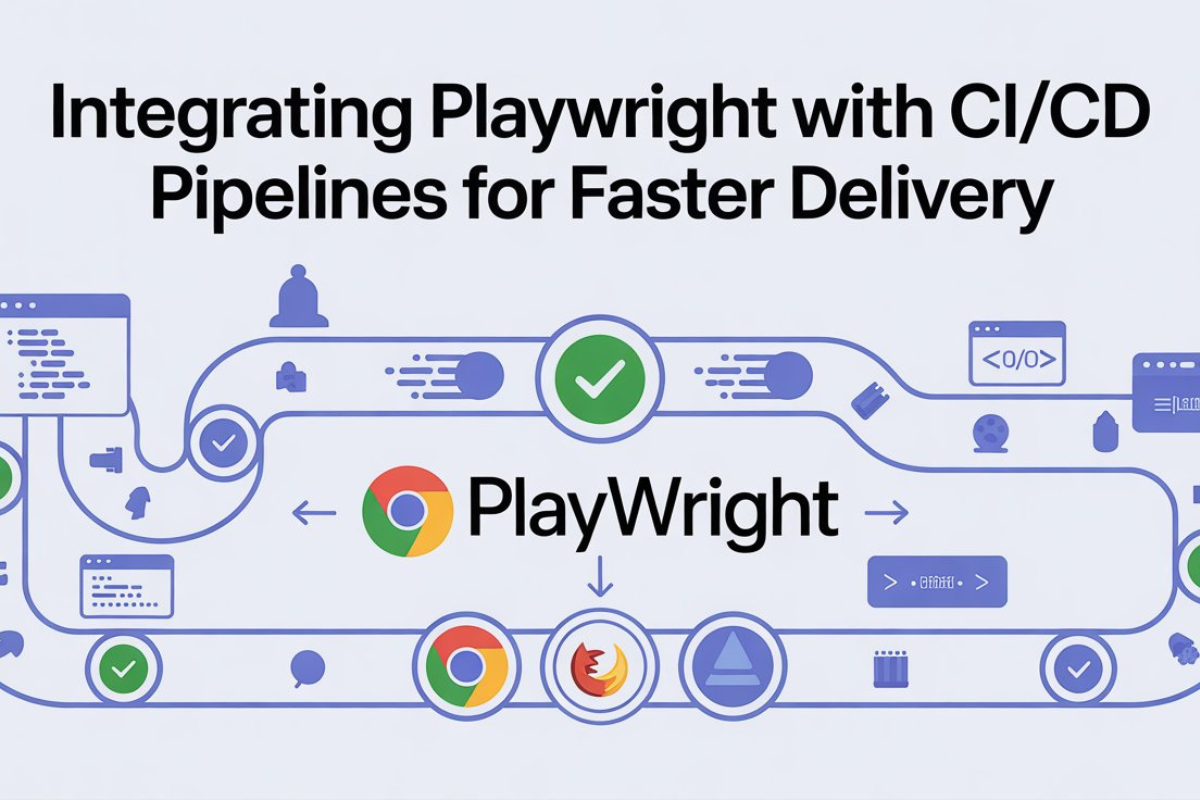
Real-Time PPC Optimisation: Using Data to Boost Campaign ROI
- Nhance SEO
- Digital Marketing
- 2025-07-30 11:58:53
- 1348K
In the dynamic world of Paid Per Click (PPC) advertising, establishing a campaign is only half the battle. The real art of ROI maximisation comes from ongoing, real-time optimisation. As the digital world changes constantly, basing decisions on stale data or infrequent changes can leave your ad spend and opportunities to waste away.
Are you a business owner struggling to make the most of your PPC budget? Are your campaigns not receiving as much traction as you hoped? This guide delves into how using data and taking a real-time strategy to PPC can dramatically drive campaign performance. If you need more help, you can reach out to a PPC management agency in London with the necessary expertise and tools to ensure your campaigns drive measurable results.
So, take a look at the proven strategies that most agencies implement.
The Need for Ongoing A/B Testing
Continuous A/B testing is one of the pillars of real-time PPC optimisation. It's not a one-time activity but rather an ongoing activity whereby various aspects of your ad copies and your landing pages are pitted against one another to determine what speaks best to your customers. This entails:
- Ad Copy Tests: Testing alternate headlines, descriptions, and calls-to-action to determine which combinations yield the highest click-through rates (CTR) and conversions.
- Visual Elements: For image ads and video ads, testing alternate images, videos, and creative types to grab attention and effectively communicate messages.
- Landing Page Tests: Optimising headlines, body copy, forms, and calls-to-action on your landing pages to ensure they are delivering a smooth user experience and driving conversion.
Through ongoing testing and iteration, advertisers are able to make informed decisions grounded in data that optimise their campaigns based on real-time performance, resulting in increased efficiency and a better ROI. This process of iteration allows ad spend to always go toward the most effective approach.
Unlocking First-Party Data for Smarter Targeting
As third-party cookies are set to be phased out and data privacy laws are increasingly stringent, first-party data is becoming central to successful PPC strategies. This is information gathered directly from your site, CRM, and customer interactions, providing a private and compliant source of insights.
Utilising first-party data enables:
- Hyper-Personalisation: Providing highly tailored and personalised ad messages that adjust in real-time to the behaviour of individual users. That is, displaying suitable offers in accordance with a user's previous clicks, purchases, or engagements with your brand.
- Accurate Audience Segmentation: Segmenting audiences into very specific groups according to their behaviour and tastes so that very highly tailored communications can speak in the strongest way possible to distinct consumer segments.
- Smarter Retargeting: Using your own customer data to build lookalike audiences or retarget users who have previously engaged with your brand across multiple channels. This maintains visibility and reinforces trust throughout the customer journey.
By concentrating on first-party data, advertisers have more control over their targeting and are able to deliver better performance, even in a privacy-first world. This data-driven strategy goes beyond broad keywords to getting accurate user intent and showing the right message at the right moment. SEO services agency in London specialising in PPC management usually utilise this strategy to achieve competitive results.
Real-Time Analytics and Performance Tracking
The capability to track and analyse campaign performance in real-time is essential for successful optimisation. Better tracking tools enable advertisers to instantly see how their campaigns are performing, allowing for rapid modification to maximise efficiency and ROI.
Principal features of real-time analytics include:
- Tracking Key Metrics: Keeping key metrics like impressions, clicks, CTR, conversion rates, cost per click (CPC), and cost per acquisition (CPA) under constant monitoring.
- Identifying Trends and Anomalies: Recognising sudden changes in performance, both up and down, and immediately exploring the cause behind them.
- Budget Optimisation: Modifying bids and budget distribution in real-time according to live performance data so spend is focused on the most profitable campaigns and keywords.
This data-led strategy means that PPC spend continues to deliver value, avoiding wasted expenditure on poor-performing ads and taking advantage of new opportunities. By adopting real-time optimisation, companies can be assured their PPC campaigns are responsive, effective, and always generating solid returns.
Conclusion
Real-time PPC optimisation is no longer an optional luxury but an absolute must for companies looking to realise maximum ROI on their advertising expenditure. By making a commitment to regular A/B testing, using first-party data strategically to enable hyper-personalisation, and keeping close tabs on performance using real-time analytics, advertisers can make sure their campaigns are always operating at their best. This forward-thinking, data-driven method enables companies to quickly respond to changing markets, target their most relevant customers with accuracy, and ultimately achieve sustainable growth in an ever-competitive online environment.
If you need any assistance with your PPC campaigns, do not hesitate to reach out to a professional agency. Clearly discuss your requirements with the experts, including your objective, so they can provide you with a tailored solution.
Are you currently running PPC campaigns? What steps do you take to optimise the campaigns for maximum results? Share your thoughts.
Leave a Reply
Please login to post a comment.












0 Comments